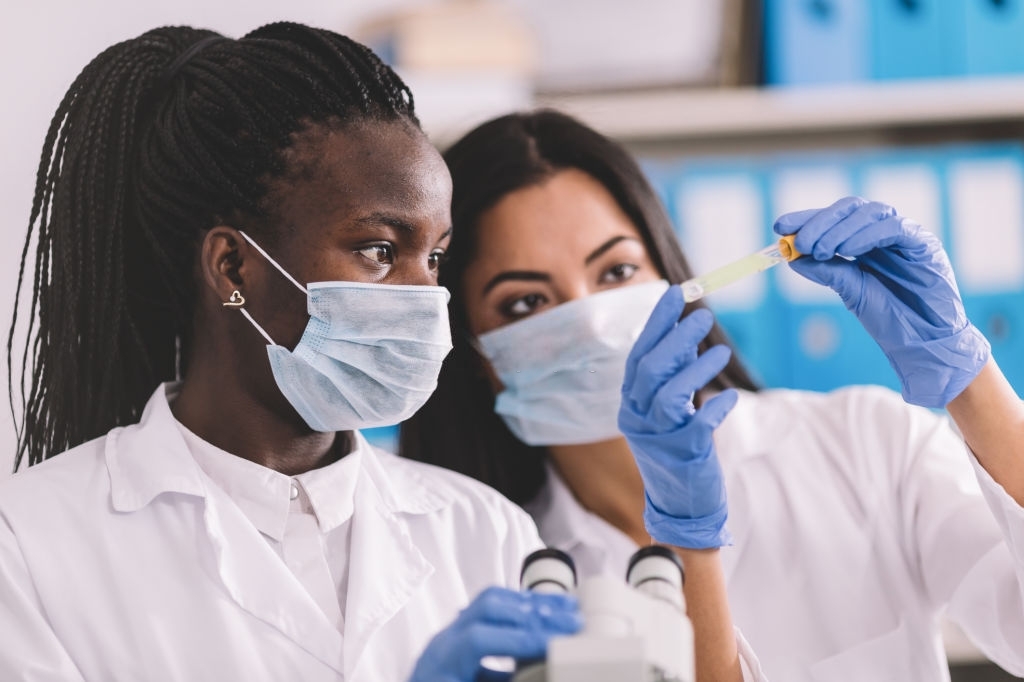
In collaboration with the U01 project at the University of Texas MD Anderson Cancer Center, undergraduate-level students collaborated with their near-peer mentors in the lab to create explainer videos about the research they’re working on.
NRMN is thrilled to highlight the hard work of these creators and share their projects with our network.
Naveen Thourani is a Junior majoring in Psychology at Georgia State University, mentored by Holly Aleksonis and Dr. Tricia King. He joined the Developmental Neuropsychology Across the Lifespan Lab, led by Dr. King, in May of 2021 and plans to continue participating in research in the Neurodevelopment field in the future. Holly Aleksonis, M.A. is a 4th year doctoral student in Clinical Neuropsychology at Georgia State University mentored by Dr. Tricia King. Her research interests include investigating long-term neurological and neurocognitive outcomes in individuals who had injuries or illnesses as children (e.g., brain tumor, traumatic brain injury). Naveen and Holly’s research focuses on the link between the volume of certain types of brain lesions, called white matter hyperintensities, and cognitive outcomes, specifically cognitive flexibility. We’re looking at childhood cerebellar brain tumor survivors and hypothesize that more significant volumes of WMHs will result in lower cognitive flexibility scores.
Check out this video explaining more of their research HERE!
Ritu Sampige is an undergraduate junior in the University of Houston Honors College/Baylor College of Medicine BS/MD program. Born and raised in the Houston area, she aspires to give back to her community as a future physician-scientist, particularly in the visual sciences and ophthalmology. She is grateful for the opportunity to gain dry eye-related research experience under Katie’s mentorship. Katie is a doctoral graduate student in the Biosciences department at Rice University. She is conducting her research on the impacts of the immune system on the ocular surface. It is unknown whether shared blood from young mice can help reduce the phenotype of age-related dry eye. To address this question, our project was centered on a procedure called parabiosis, in which aged and young mice were surgically joined together to share blood. We then identified different markers of dry eye, including focus score, gene expression, and goblet cell measurement, in the paired mice to evaluate how systemic, circulatory factors in young mice impact the dry eye phenotype of aged eyes.
Check out this video explaining more of their research HERE!
Great job to these mentors and mentees for collaborating on interesting research projects and discovering new data!